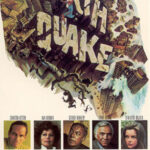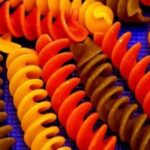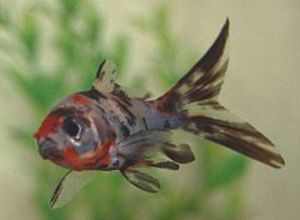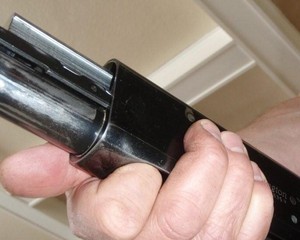Many recipes including Deviled Eggs and some potato and pasta salads, for example, call for using boiled eggs. Boiling eggs may sound like a pretty easy task, but it can end up being disastrous if it’s not done correctly. For example, if you don’t use enough water, it can boil away and leave you with an empty pan of eggs. Or, the eggs can easily crack, the yolks can be runny if they’re undercooked, and turn green and ugly if they’re overcooked. And, trying to peel hard-boiled eggs can be a disaster in itself. The shells can stick to the egg whites. If you pull the shell off, it will pull chunks of the egg white out too. To avoid these common problems and more, use these tips on how to cook and peel perfect hard-boiled eggs.
To start with, you’ll need to cook the amount of eggs you need for a recipe. Hard-boiling eggs takes a little bit of forethought. Because, you’ll need to use older eggs, not farm-fresh ones. If I’m going to hard-boil eggs, I either use eggs in my refrigerator I know are at least a week old. Or, I buy fresh eggs a week ahead of time.
You also need to set the desired number of eggs out on your counter for a bit before you cook them. To cook perfect hard-boiled eggs, use ones that are at room temperature. That way, they’re less likely to crack.
Then, carefully place the eggs in a single layer in a cooking pan. Put enough cold tap water- never use warm or hot water- in the pan so the eggs are covered about an inch. Place the pan on the stove and set the heat to “medium.”
To cook perfect hard-boiled eggs, you’ll need to keep an eye on the water in the pan. As soon as it comes to a boil, start timing the cooking process. As a rule of thumb, set the timer for ten minutes for medium-size eggs; large eggs need twelve minutes, and extra large eggs need thirteen minutes.
After the proper time has elapsed, shut off the stove and immediately remove the pan of hard-boiled eggs from the heat. Fill the pan with cold water, then let the hard-boiled eggs set for a minute. Carefully pour off that water and repeat the process. This time, allow the eggs to set in the cold water for a few minutes. The cold water will actually stop the cooking process and cool the eggs down at the same time.
Now, to peel the perfect hard-boiled eggs, drain all of the water off the eggs. Gently move the pan back and forth so the eggs collide with each other and hit the side of the pan. This will cause the shells to crack somewhat.
Remove the eggs one at a time and begin to peel them under cold running water. The water will help the membrane between the shell and the egg white to come loose. It will also help cool the eggs down even more. Start peeling each egg at its larger end and the shell will come off easier.
Make sure you have removed all parts of each shell, as well as the thin membrane, as you peel the hard-boiled eggs. Finally, rinse each egg with water and it’s ready for use.







